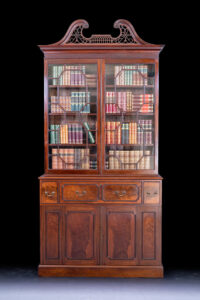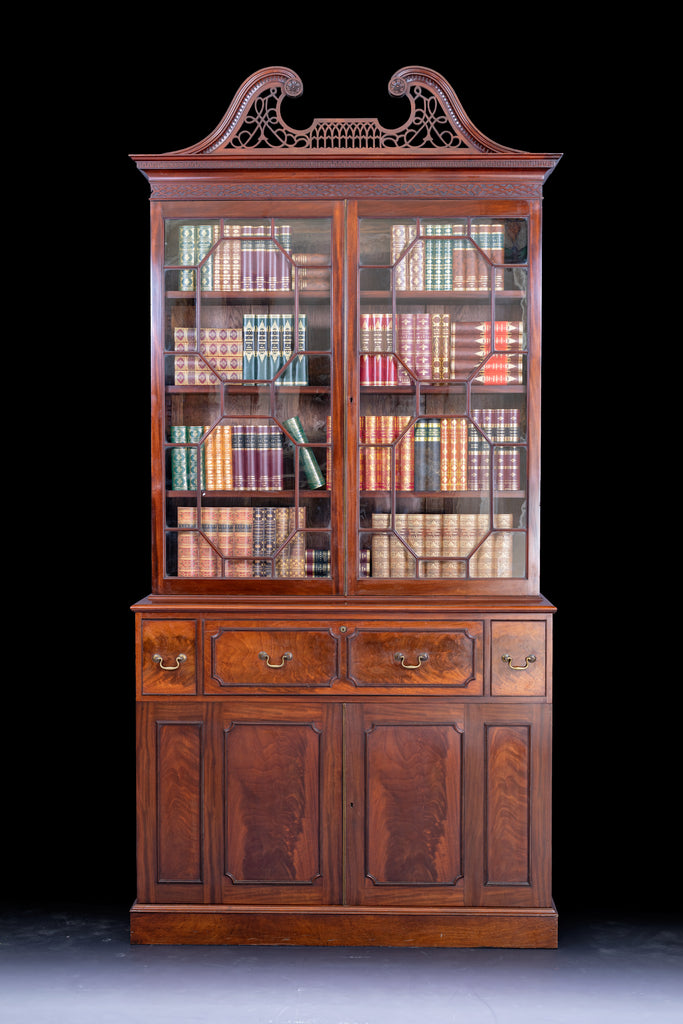Antiques are objects that have high perceived value because of its history and aesthetics. Often, an antique is at least 100 years old, although the term is sometimes used loosely to refer to any object that is old. Here are some ways to recognize an antique. Read on to learn about antiques and their value.

There are many ways to determine the age of a piece of furniture, but a simple method is to look for stamps or labels. Antique furniture is often stamped with the maker’s name, along with the year it was made. You can find these markings on the inside of drawers, along the back, and even on the underside. Antiques are usually marked with uneven wear, whereas newer pieces of furniture will have even wear.
Antiques are typically more than one hundred years old. They are often used as accent pieces in a room. For example, a large Chinese Qing dynasty (1644-1912) canopy bed can be a stunning centerpiece for a bedroom. Antique glassware and craftsmen-designed glassware are other examples of antiques that can be used as accent pieces.
Antiques can be classified into two kinds: natural finds and manmade creations. Natural items are called fossils, and manmade items are known as artifacts. They have survived the test of time and have been in use for thousands of years. Antiquities are often unearthed in basements and attics or in private collections.
Classic cars can also be considered antiques, although the definition of a classic car varies by country. In the States, a classic car must be at least twenty years old but cannot be more than sixty. It also must be restored to its original form and must not have been altered. Those who are interested in collecting antiques should learn about the different classifications.
Chinese antiques are also easily identifiable as they carry a red seal, known as a chop. This chop helps experts to identify the previous owner of a piece. Before the revolution, pre-revolutionary Chinese governments required antiques to have this mark, but this is no longer required. The chop is also a way to verify the date of an antique.
Another way to challenge a classification of antiques is to claim that it is unreasonable. This means that the legislature might have thought of buying antiques as a weekend activity and classified them as such. To be successful, the challenger must prove that the classification is not reasonable. It must be considered reasonable at the time the statute was passed.
There are a few exceptions to the age and value criteria for antique items. For instance, a vintage car may not qualify as an antique if it has been modified. Different groups also set different cut-off points. For instance, some say that an item is antique if it was manufactured between 1919 and 1930.
When buying antiques, remember to be very selective. Be sure to read the description carefully. The description of an item can influence the price you pay. Make sure to compare the condition and value of different antiques. You don’t want to pay too much for a piece that has no value.
The valuation of antiques varies over time. The value of different items is determined by the demand for them. Furniture from the mid-20th century, for example, is very expensive, while the same piece from the Victorian era may be much less. The demand for antiques can also change with design trends. Many buyers today are opting for clean, modern lines. Victorian items may be cheap, but that doesn’t mean that you should ignore them.
There are several factors that determine the value of antiques. One of them is the style of the item. If you own a French ivory vanity piece, for example, it might have a low value. Another important factor is collecting trends. Old items such as paint-by-number paintings, Shelley bone china teacups, and other pieces can lose value. Once considered valuable items at antique auctions, these pieces are now not worth much, as dealers are not investing in such large sums of money anymore.
Another factor that affects the value of antiques is provenance. A vintage book can have little value if it isn’t marked with an ex-libris label. However, if it was owned by Albert Einstein or George Harrison, it could have a much higher value. Provenance tells the story behind the item and tells the current owner who owned it before. In the long run, this can increase the value of a piece of furniture.

